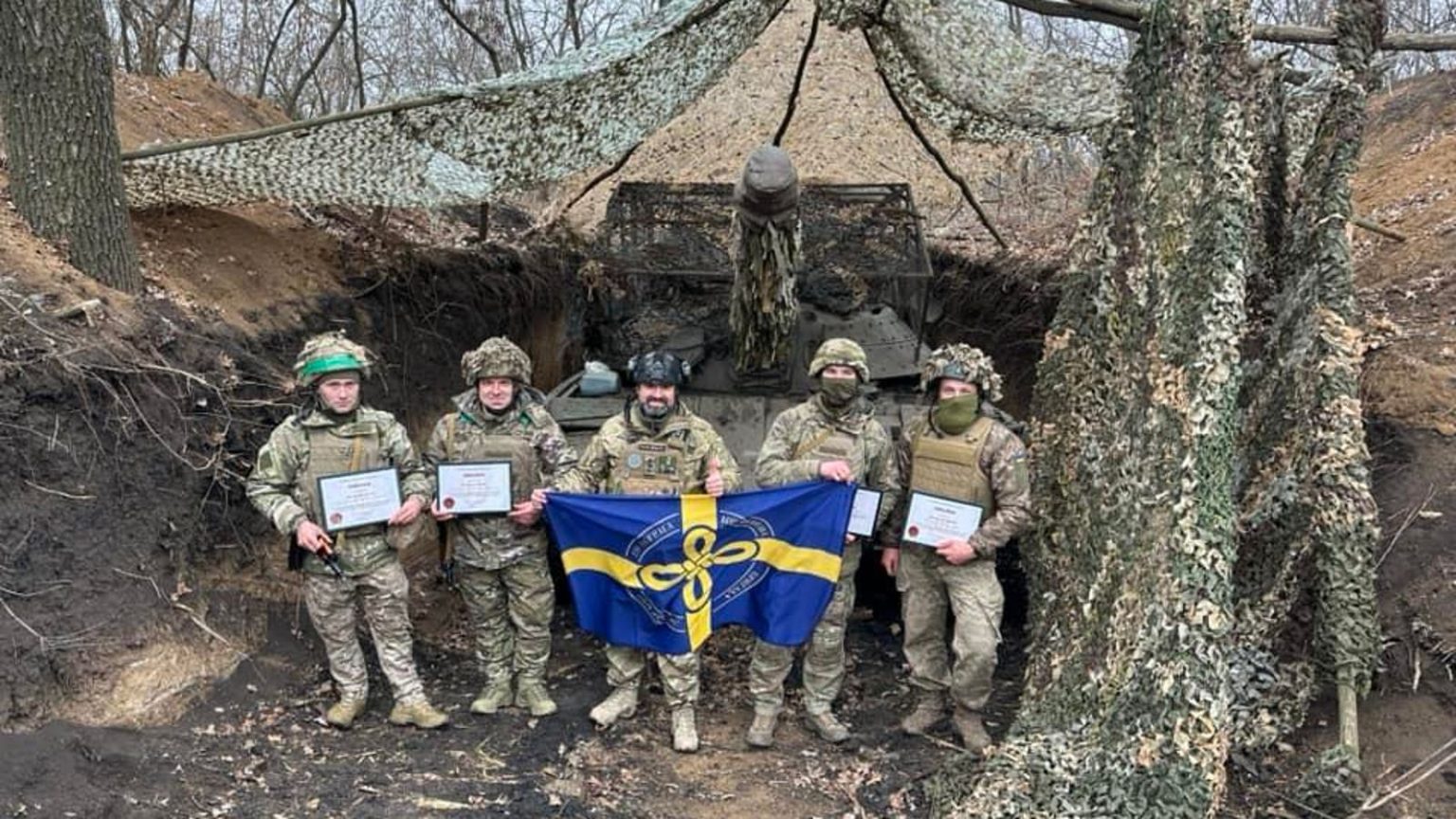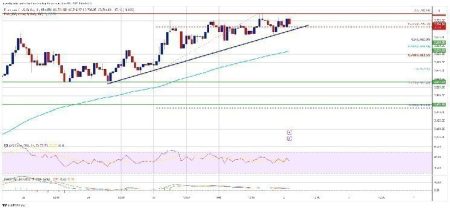Ukraine’s M-55S Saga: A Tale of Misplaced Armor and Strategic Missteps
The Ukrainian military’s acquisition of 28 M-55S tanks from Slovenia in September 2022, facilitated by a tank-for-trucks deal with Germany, was initially met with anticipation. These modernized Soviet-era T-55 tanks, boasting upgraded weaponry, enhanced armor, and improved fire-control systems, promised to bolster Ukraine’s armored capabilities in its ongoing conflict. However, the subsequent journey of these tanks has been marked by a series of reassignments, raising questions about their effective utilization and the strategic thinking behind their deployment.
The M-55S, a product of 1990s modernization efforts by Elbit and STO RAVNE, features a significant upgrade in firepower with the integration of the British-made L7 105mm main gun. This gun, renowned for its compatibility with a wide array of modern ammunition, including armor-piercing rounds capable of penetrating contemporary Russian tanks like the T-72, positions the M-55S as a potentially valuable asset on the battlefield. While the addition of explosive reactive armor and anti-drone cages by Ukrainian technicians further enhances their survivability, the underlying thin armor remains a vulnerability in the face of modern anti-tank weaponry.
From their initial assignment to the elite 47th Mechanized Brigade, equipped with advanced Leopard 2A6 and M-1 tanks, the M-55Ss embarked on a nomadic journey across various Ukrainian units. Their brief stint with the 47th ended just before the brigade’s participation in the 2023 summer counteroffensive. Subsequently, the tanks were transferred to the 67th Mechanized Brigade on the eastern front, only to be relinquished after a single M-55S was destroyed by Russian artillery. The surviving tanks then found themselves in the possession of the 5th Tank Brigade, a unit in reserve, far from the front lines.
The 5th Tank Brigade’s reorganization into a heavy mechanized brigade, reducing its tank inventory and incorporating infantry fighting vehicles, rendered the M-55Ss surplus. This led to their fourth reassignment, this time to the newly formed 159th Mechanized Brigade. The brigade’s formation, along with 13 others, was part of a controversial expansion of the Ukrainian ground forces. Critics argued for prioritizing the reinforcement of existing, experienced brigades rather than establishing new units that lacked seasoned leadership and specialized personnel.
The disastrous performance of the newly formed 155th Mechanized Brigade underscored the validity of these concerns. Suffering from a lack of experience and effective leadership, the brigade experienced significant losses and desertions even before reaching the front lines. This debacle prompted a shift in Kyiv’s policy, emphasizing the replenishment of existing brigades over the creation of new ones. However, this change came too late to prevent the M-55Ss from being assigned to yet another untested unit, the 159th Mechanized Brigade.
The repeated reassignments of the M-55S tanks raise several key questions. Was the Ukrainian military unsure how to best utilize these modernized yet aging tanks within its evolving force structure? Did the tanks’ perceived vulnerabilities in a high-intensity conflict environment contribute to their shuffling between units? Or did the formation of numerous new brigades, diverting resources and personnel, exacerbate the challenge of integrating these tanks effectively?
The M-55S saga highlights the complex considerations involved in integrating foreign-supplied military equipment into an existing force structure, particularly during an active conflict. Balancing the need for immediate reinforcements with the long-term development of cohesive and experienced units presents a significant challenge. The repeated relocations of the M-55Ss suggest a lack of clear strategic vision for their deployment, potentially hindering their effectiveness and raising concerns about the overall management of military resources.
The fate of the M-55Ss within the 159th Mechanized Brigade remains uncertain. Whether they will finally find a permanent home and contribute meaningfully to Ukraine’s defense, or whether they are destined for yet another transfer, depends on the brigade’s performance and the Ukrainian military’s evolving operational strategies. The M-55S experience serves as a case study in the complexities of wartime resource allocation and the importance of aligning equipment deployments with a well-defined strategic framework.
The Ukrainian military’s ongoing struggle to integrate the M-55S tanks effectively underscores the challenges of incorporating foreign-supplied weaponry into an existing force structure, especially during active conflict. The tanks’ journey through multiple brigades, without seeing significant combat action, raises questions about their suitability for the dynamic and demanding battlefield environment. It also highlights potential shortcomings in strategic planning and resource allocation within the Ukrainian military.
The M-55S tanks, despite their modernization efforts, represent a generation of armored vehicles that predates the current era of advanced anti-tank weaponry and tactics. Their relatively thin armor, even with the addition of reactive armor and protective cages, makes them vulnerable to modern threats. This vulnerability likely contributed to the reluctance of frontline units to fully embrace the tanks, leading to their repeated transfers.
The decision to form multiple new brigades, diverting manpower and resources from existing units, further complicated the integration of the M-55S tanks. This expansion, while aimed at increasing overall troop numbers, potentially diluted the experience and cohesion of existing units, making it more challenging to absorb and effectively utilize new equipment. The tragic experience of the 155th Mechanized Brigade, which suffered heavy losses due to inexperience and poor leadership, illustrates the risks associated with prioritizing the formation of new units over reinforcing existing ones.
The M-55S story serves as a cautionary tale, highlighting the need for careful consideration of both the capabilities of acquired equipment and the capacity of the receiving units to effectively integrate and utilize them. In the context of the ongoing conflict, Ukraine faces the challenging task of balancing the need for immediate reinforcements with the long-term goal of building a cohesive and effective military force.
The future of the M-55S tanks in Ukrainian service remains uncertain. Their ultimate success or failure will depend not only on their inherent capabilities but also on the strategic vision guiding their deployment and the ability of the 159th Mechanized Brigade to integrate them effectively into their operations. The tanks’ journey so far underscores the complex interplay of factors that determine the effectiveness of military aid in a dynamic and demanding conflict environment.










